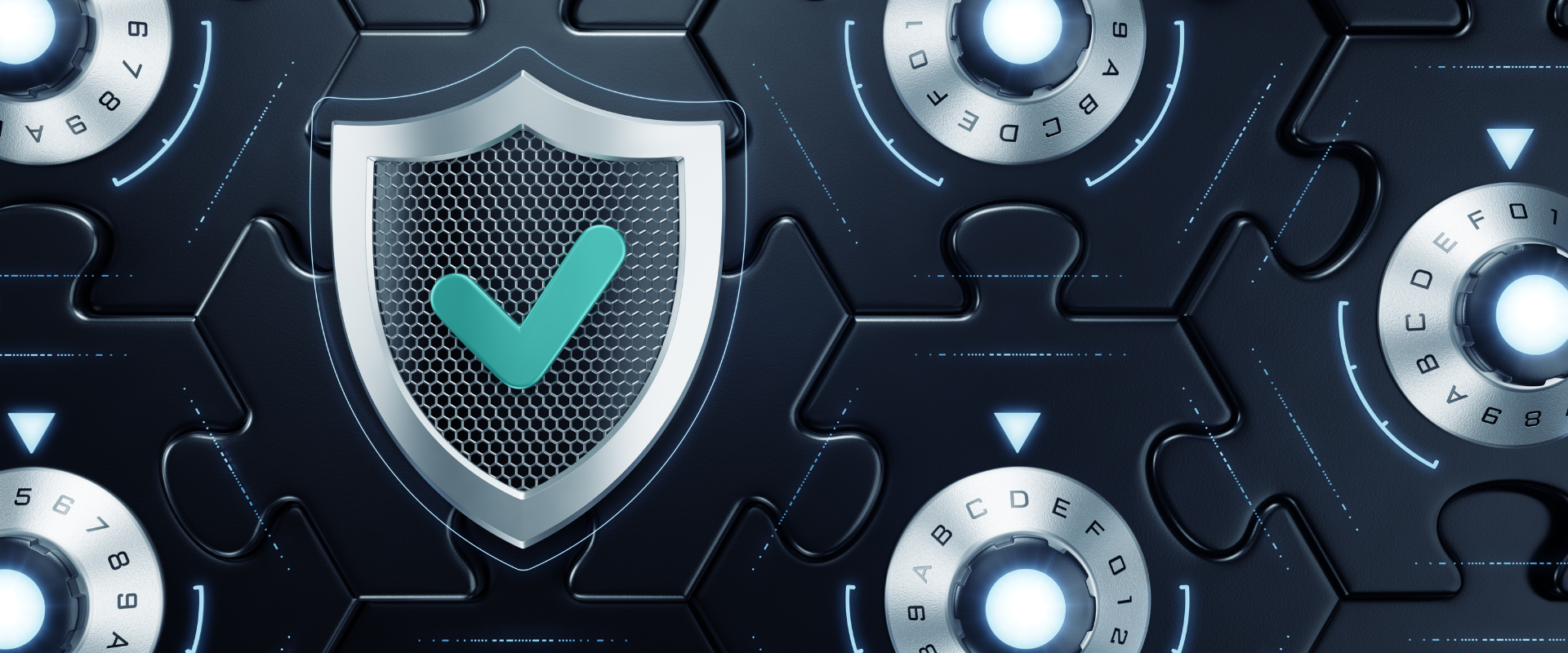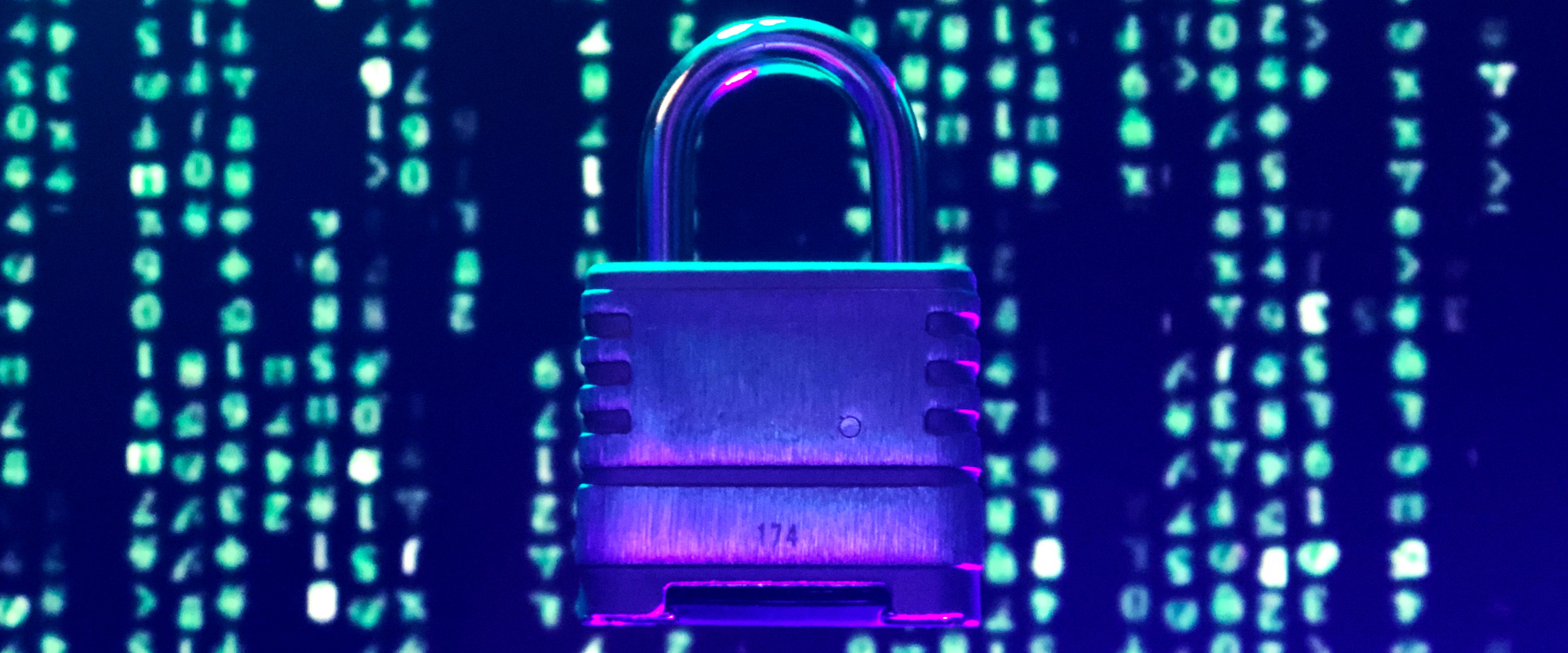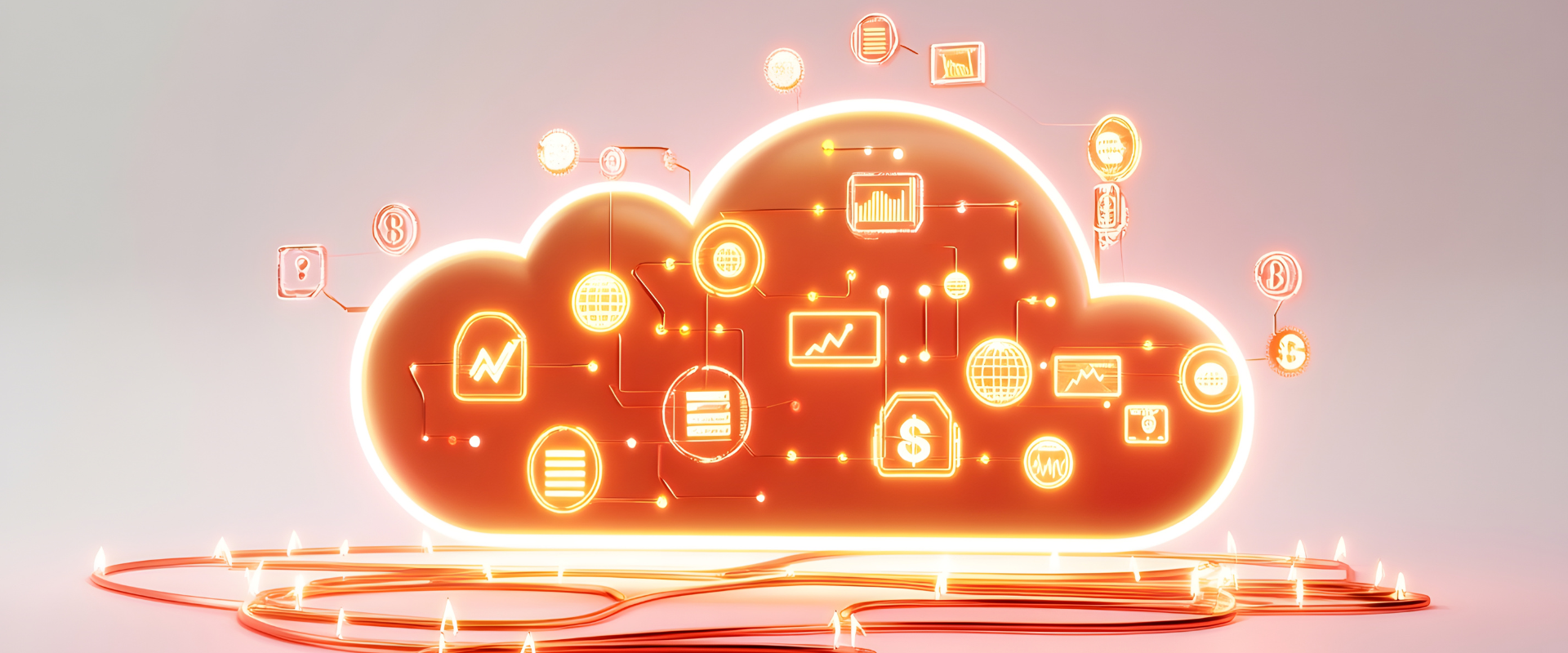
The Growing Risk of Cybersecurity Attacks on Critical Infrastructure: How to Safeguard Your Business from Systemic Cyber Threats
By, Webmaster
- 23 Jul, 2025
- 3.9k Views
As technology becomes more integrated into every aspect of our lives, the security of critical infrastructure has become one of the most pressing concerns for businesses and governments alike. Critical infrastructure, which includes power grids, water supply systems, transportation networks, and communication systems, forms the backbone of our society. However, these vital systems are increasingly becoming targets for cybercriminals, state-sponsored attackers, and even hacktivists. In this article, we will explore the growing risk of cybersecurity attacks on critical infrastructure, the types of attacks organizations need to be aware of, and the strategies businesses can implement to protect their critical systems.
What Are Cybersecurity Attacks on Critical Infrastructure?
Cybersecurity attacks on critical infrastructure target the systems that are essential for the functioning of a society or economy. These attacks aim to disrupt, damage, or manipulate the operations of these systems, often leading to widespread disruption and significant consequences. Critical infrastructure is not limited to physical assets—many of these systems are managed and monitored by digital technologies, which makes them vulnerable to cyberattacks.
These attacks can have far-reaching effects, not just on the targeted organizations, but also on entire communities, industries, and economies. For example, a cyberattack on a power grid could cause widespread blackouts, while a cyberattack on a water treatment facility could compromise public health.
Types of Cybersecurity Attacks on Critical Infrastructure
Ransomware Attacks: Ransomware attacks on critical infrastructure involve malicious actors encrypting data or locking up vital systems and demanding a ransom to release them. For example, in 2021, the Colonial Pipeline ransomware attack caused widespread fuel shortages in the U.S. Ransomware can bring entire networks to a halt and disrupt essential services like energy, water, and transportation.
Denial-of-Service (DoS) Attacks: Denial-of-service attacks aim to overwhelm the systems of critical infrastructure, making them unavailable to users. In Distributed Denial-of-Service (DDoS) attacks, attackers use multiple sources to flood a system with traffic, causing a breakdown in services. DDoS attacks on communication networks or financial systems can cause massive disruptions and loss of access to essential services.
Advanced Persistent Threats (APTs): APTs are long-term, targeted attacks that remain undetected while attackers slowly infiltrate the system. APTs often target critical infrastructure with the intention of stealing sensitive information, sabotaging operations, or planting malicious software. These attacks can be highly sophisticated, and they may involve state-sponsored actors with extensive resources.
Supply Chain Attacks: Supply chain attacks occur when attackers target third-party vendors that provide services or software to critical infrastructure organizations. In these attacks, cybercriminals exploit vulnerabilities in the third-party software or service and gain access to the systems of the primary target. These types of attacks are particularly dangerous because they exploit trusted relationships and often go undetected for long periods.
Insider Threats: Insider threats involve individuals within the organization who intentionally or unintentionally compromise the security of critical systems. Employees, contractors, or other trusted individuals with access to vital infrastructure systems may misuse their privileges to steal sensitive data, sabotage operations, or enable attackers to gain access to systems.
The Risks of Cybersecurity Attacks on Critical Infrastructure
Operational Disruption: One of the most immediate consequences of a cyberattack on critical infrastructure is operational disruption. Attacks on systems like energy grids, water treatment facilities, or transportation networks can cause widespread service outages, leading to delays, economic losses, and public inconvenience. The financial cost of recovering from such disruptions can be astronomical.
National Security Threats: Attacks on critical infrastructure can have severe national security implications. Disruptions to power grids, transportation systems, and communication networks can compromise a nation’s ability to respond to emergencies, defend itself, or maintain economic stability. State-sponsored cyberattacks targeting infrastructure can also be part of larger geopolitical strategies aimed at destabilizing governments or industries.
Public Health and Safety Risks: Cyberattacks on infrastructure like healthcare systems, water treatment plants, and transportation networks can pose significant risks to public health and safety. For example, cybercriminals could alter the operation of water purification systems, endangering the quality of drinking water, or tamper with the systems that monitor and control public health measures, leading to widespread consequences.
Data Breaches: Critical infrastructure often involves sensitive data, including personal, financial, and business information. Cyberattacks can lead to data breaches where this information is exposed, stolen, or leaked. A data breach of critical systems can result in identity theft, fraud, and a loss of public trust in the organization’s ability to protect sensitive information.
Reputational Damage and Loss of Trust: If a cyberattack on critical infrastructure results in public harm or a prolonged service outage, it can severely damage the reputation of the affected organization. The public’s trust in the ability of businesses and governments to secure critical infrastructure can be eroded, leading to long-term negative effects on customer loyalty, partnerships, and market value.
How to Protect Your Organization from Cybersecurity Attacks on Critical Infrastructure
Adopt a Strong Cybersecurity Framework: One of the most effective ways to protect critical infrastructure is by implementing a robust cybersecurity framework. This should include strong access controls, encryption, multi-factor authentication (MFA), and continuous monitoring of critical systems. Adopting a recognized cybersecurity standard, such as the NIST Cybersecurity Framework or ISO 27001, can help organizations develop a comprehensive security posture.
Conduct Regular Risk Assessments and Vulnerability Scanning: Regular risk assessments are essential for identifying potential vulnerabilities in critical infrastructure systems. Businesses should use vulnerability scanning tools to detect weaknesses in software, hardware, and network configurations. Penetration testing should also be performed to simulate cyberattacks and uncover potential points of exploitation before they can be targeted by attackers.
Implement Threat Detection and Response Systems: Real-time monitoring and threat detection systems are vital for identifying and mitigating cyberattacks quickly. Security Information and Event Management (SIEM) tools can aggregate and analyze log data to detect abnormal activity. Automated response systems can help isolate and neutralize threats before they cause significant damage.
Enhance Supply Chain Security: Given that many critical infrastructure systems rely on third-party vendors, it is essential to strengthen supply chain security. Organizations should thoroughly vet their third-party providers, require them to adhere to robust cybersecurity practices, and regularly assess the security of their supply chains. Third-party risk management should be an integral part of the overall cybersecurity strategy.
Develop and Test an Incident Response Plan: Every organization responsible for critical infrastructure should have a well-defined incident response plan in place. The plan should include clear procedures for detecting, containing, and recovering from cyberattacks. Regular testing and simulation of attack scenarios will help organizations ensure that their teams are prepared to respond effectively in a crisis.
Educate Employees and Stakeholders: Human error remains one of the weakest links in cybersecurity. Providing regular training to employees, contractors, and other stakeholders is essential for reducing the risk of insider threats and phishing attacks. Employees should be educated on how to recognize suspicious activity, report incidents, and follow security protocols to protect critical systems.
Establish Collaboration with Government and Industry Bodies: Cybersecurity in critical infrastructure often requires collaboration between private organizations, government agencies, and industry-specific bodies. By participating in information-sharing initiatives and industry consortiums, organizations can stay up-to-date on emerging threats and best practices for securing critical systems.
Conclusion
As cyber threats become increasingly sophisticated, the need for robust cybersecurity in critical infrastructure will only grow. The rise of the Internet of Things (IoT), 5G networks, and smart cities will expand the attack surface, making it more challenging to protect these essential systems. Additionally, cybercriminals will continue to use advanced techniques, such as artificial intelligence and machine learning, to bypass traditional security measures.
To stay ahead of these evolving threats, organizations must continue to adapt their cybersecurity strategies, focusing on prevention, detection, and response. By taking a proactive and collaborative approach, businesses can ensure the resilience of critical infrastructure systems and protect the public and private sectors from the growing risks of cyberattacks.
We hope this article has helped you understand the growing risk of cybersecurity threats to critical infrastructure and how to protect your organization. For more information on enhancing your cybersecurity strategy, feel free to reach out to us today!
Recent Posts
- IoT Security Risks: How Connected Devices Are Expanding the Cyberattack Surface
- Data Breaches: Understanding the Real Cost of a Cyberattack
- Deepfake Fraud: The New Frontier of Cybercrime
- Cloud Security Challenges: How to Protect Your Data in a Borderless Digital World
- AI in Cybersecurity: How Artificial Intelligence is Changing the Fight Against Cyber Threats
Category
- Cyber Security (86)
- Vulnerability Assessment (70)







